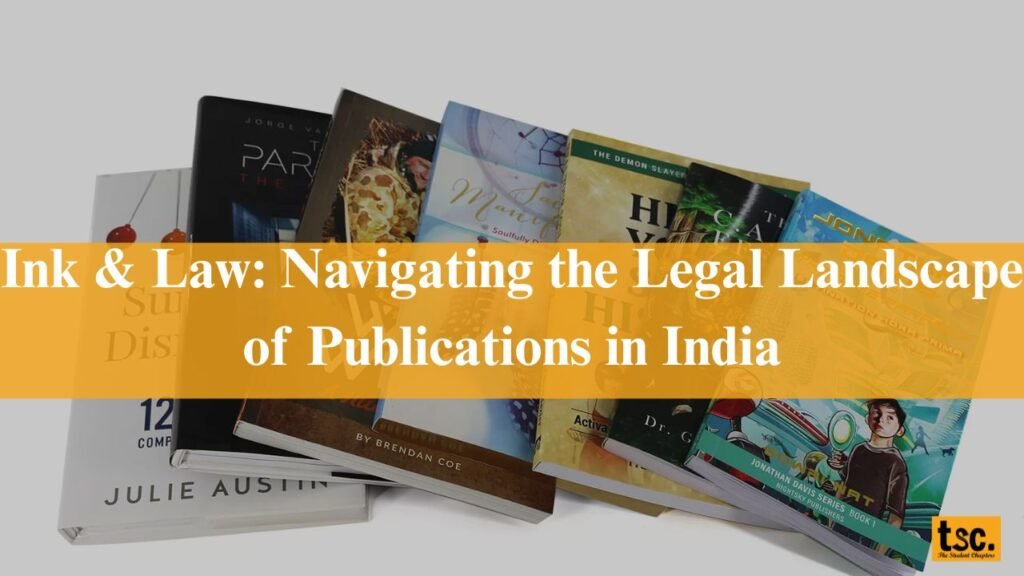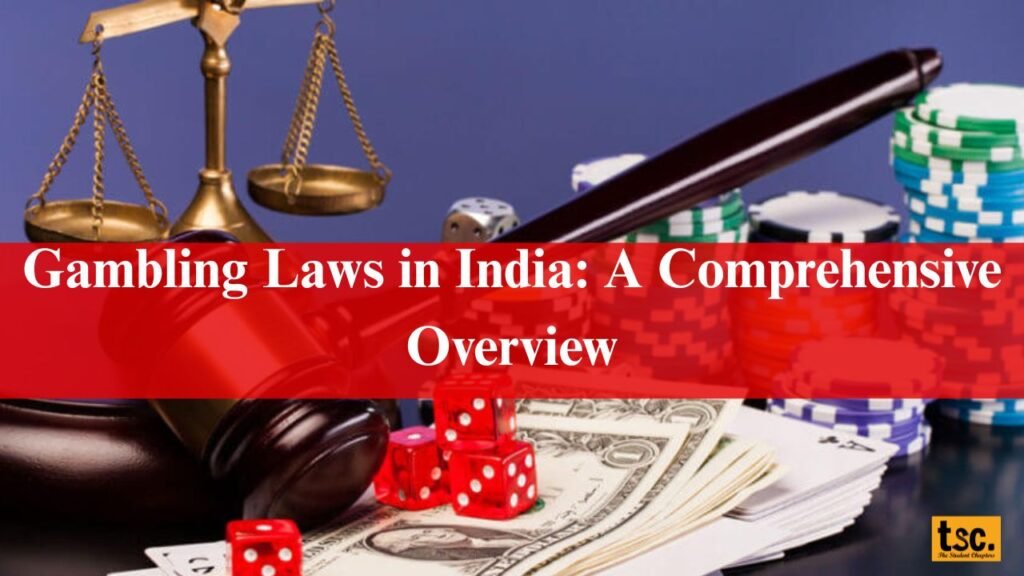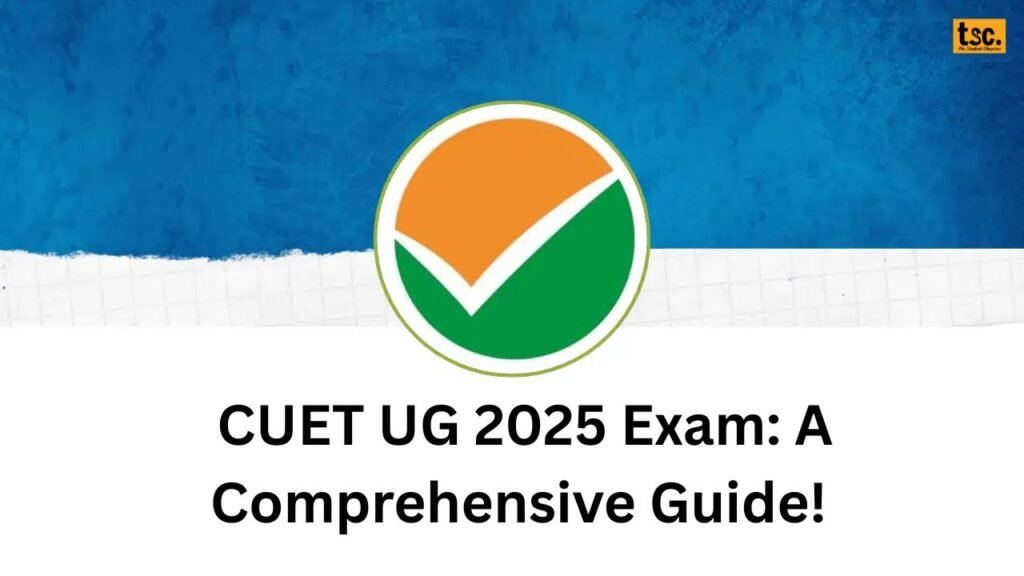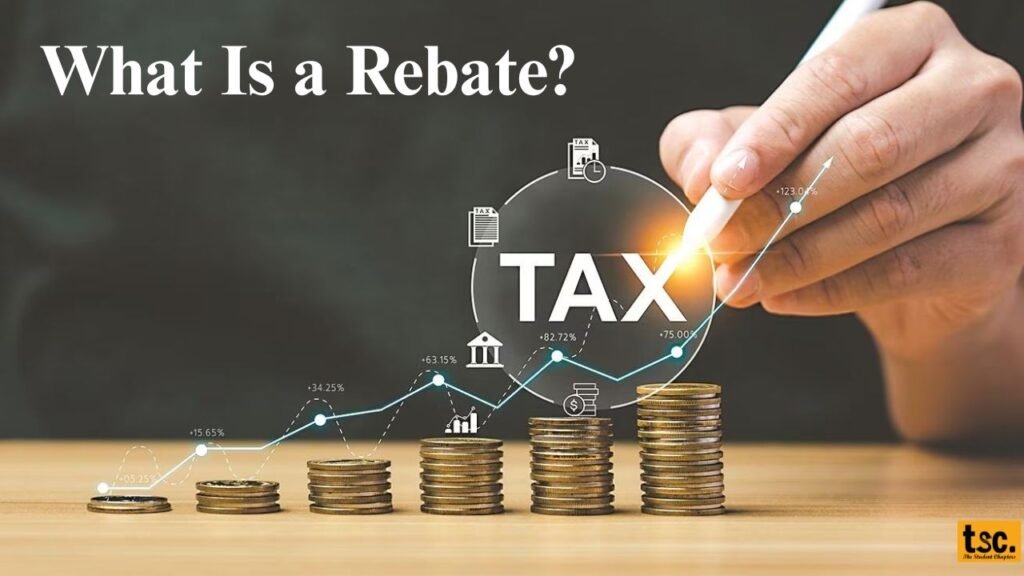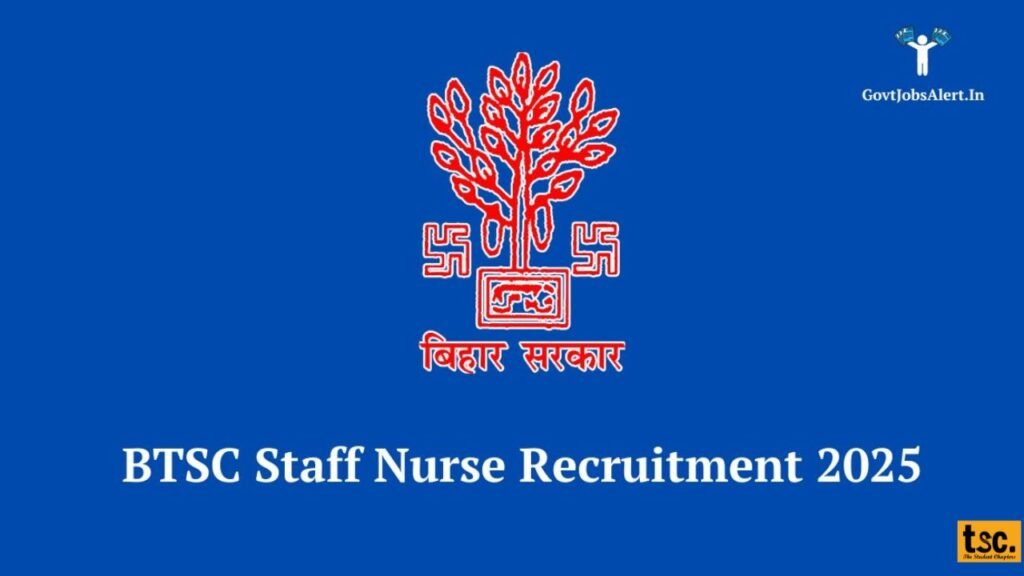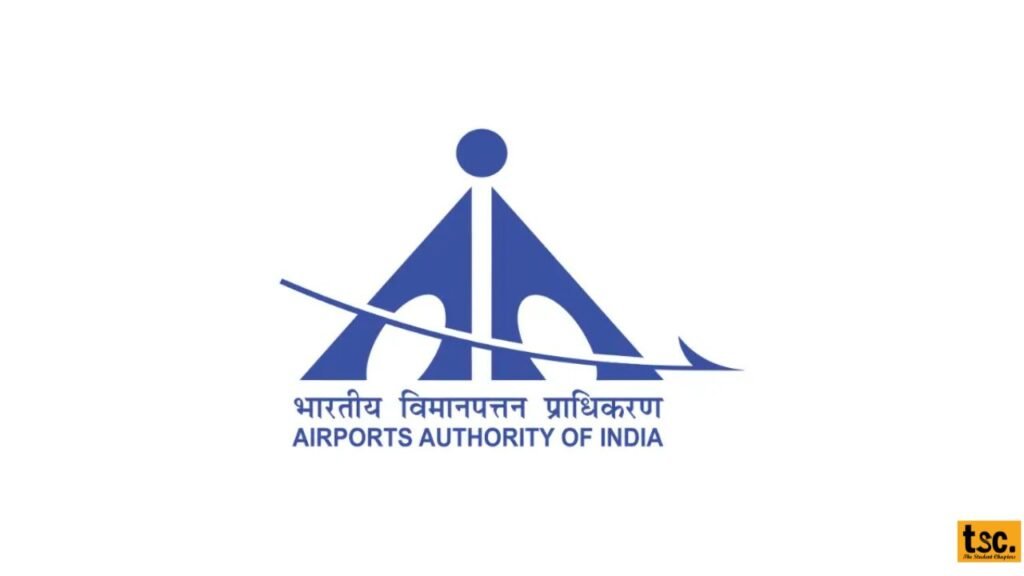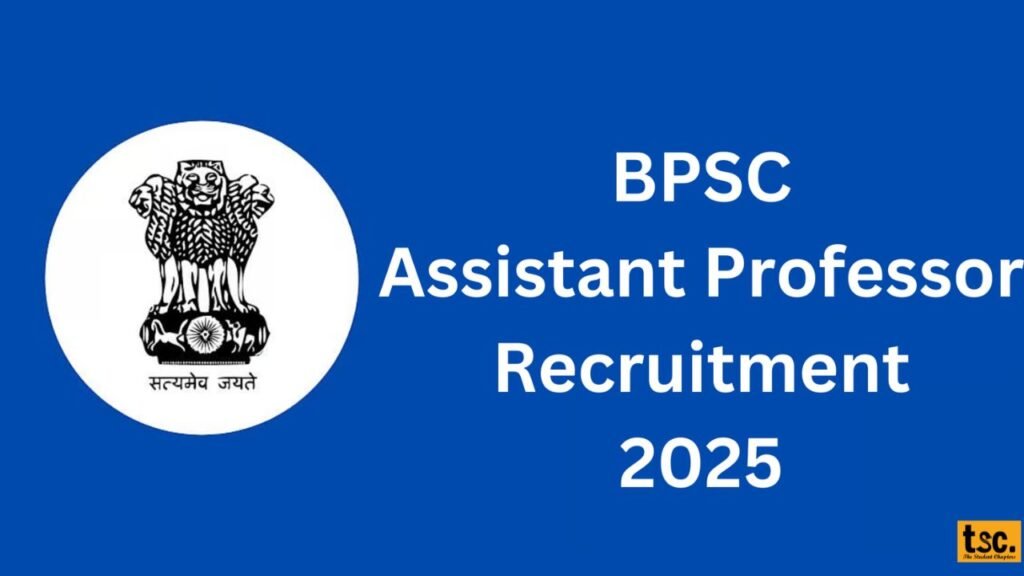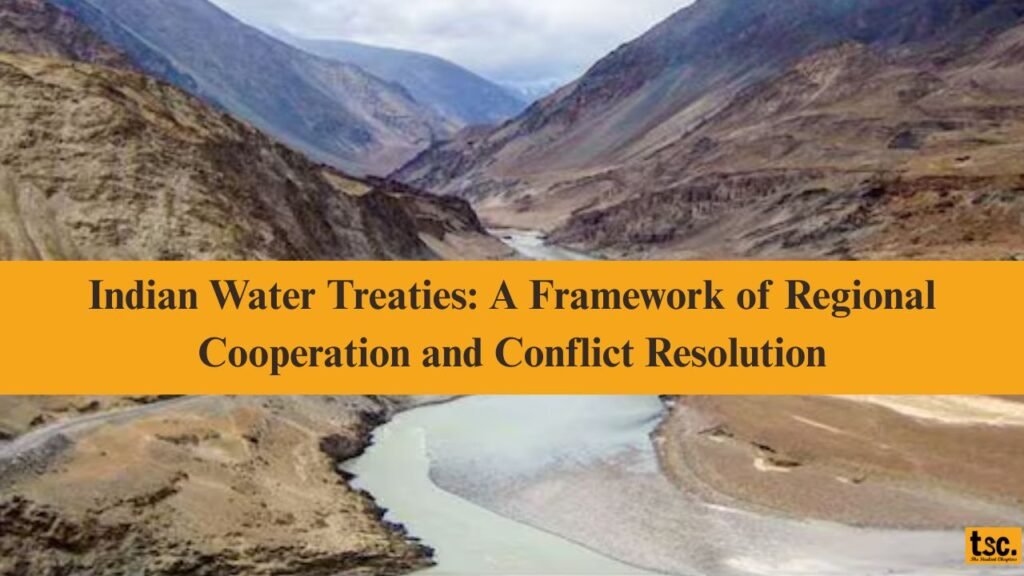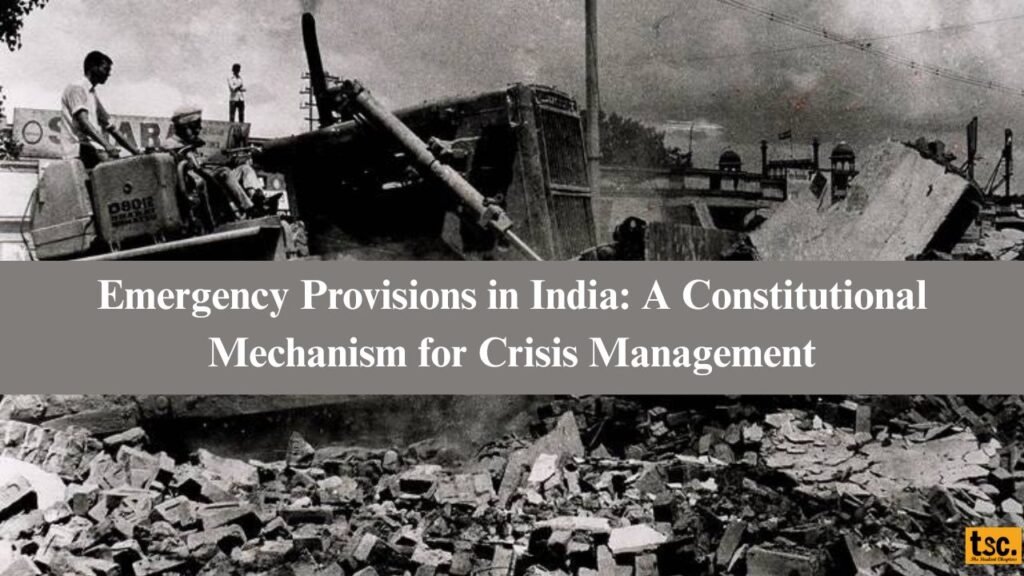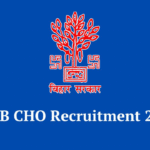Ink & Law: Navigating the Legal Landscape of Publications in India
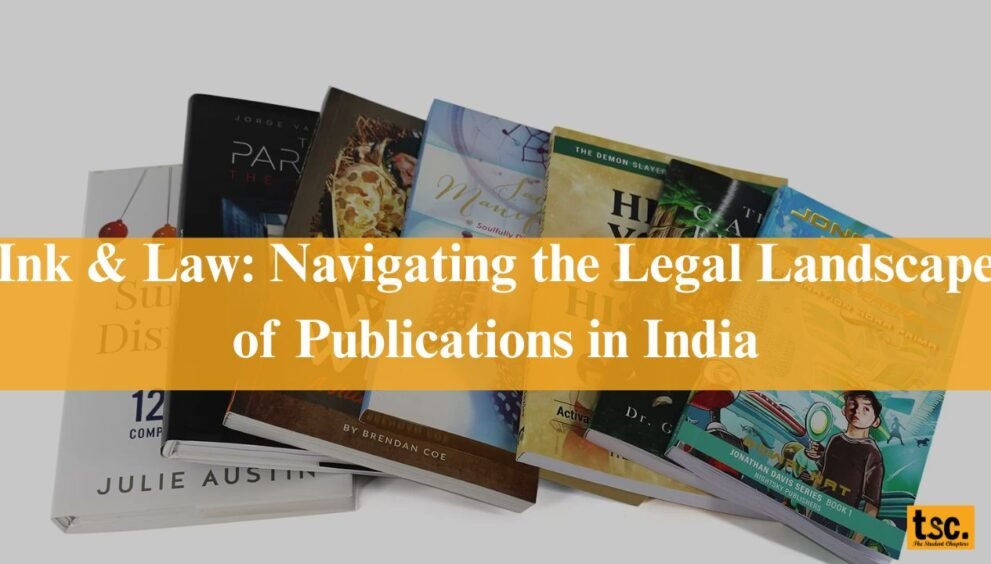
Ink & Law: Navigating the Legal Landscape of Publications in India. The landscape of publication laws in India is shaped by a blend of constitutional rights, statutory regulations, and judicial pronouncements. These laws govern print, broadcast, and digital publications, ensuring freedom of expression while safeguarding national interests, public morality, and individual reputations.
1. Constitutional Foundation
The Constitution of India lays the cornerstone for publication laws through Article 19(1)(a), which guarantees the right to freedom of speech and expression. This right is interpreted to include the freedom of the press, even though the term “press” is not explicitly mentioned.
However, under Article 19(2), the government may impose reasonable restrictions on this right in the interests of:
- Sovereignty and integrity of India
- Security of the state
- Friendly relations with foreign states
- Public order
- Decency or morality
- Contempt of court
- Defamation
- Incitement to an offence
These restrictions ensure that freedom is balanced with responsibility and public interest.
2. Press and Registration of Books Act, 1867
This colonial-era law remains relevant for regulating printed media in India. Key provisions include:
- Mandatory declaration of ownership, printer, and publisher details.
- Compulsory registration of newspapers with the Registrar of Newspapers for India (RNI).
- Publishers must submit copies of printed books to designated public authorities for archival and verification purposes.
The law ensures transparency and traceability in printed publications, curbing the anonymous spread of false or harmful information.
3. Copyright Act, 1957
The Copyright Act provides exclusive rights to creators over their literary, artistic, and dramatic works, including books, articles, newspapers, and digital content. Key features:
- Reproduction rights remain with the author or publisher unless assigned.
- Fair use exceptions allow limited use for research, private study, criticism, review, and reporting current events.
- Copyright lasts for 60 years after the death of the author.
Infringement can result in civil remedies, injunctions, and criminal penalties.
4. The Press Council Act, 1978
This Act established the Press Council of India (PCI) to:
- Maintain ethical standards in journalism
- Act as a watchdog against biased or unethical reporting
- Protect the freedom of the press
Although PCI’s powers are advisory and not punitive, it can censure, warn, or summon media outlets in case of complaints. However, it does not cover digital media or television.
5. Information Technology Act, 2000 & IT Rules, 2021
With the rise of digital content, this Act regulates online publications, including blogs, news portals, and e-books:
- Section 66A (now struck down by the Supreme Court in Shreya Singhal v. Union of India) was once used to penalize “offensive” content.
- Section 69A allows the government to block websites in national interest.
- Intermediary Guidelines and Digital Media Ethics Code, 2021 introduced new compliance norms for:
- Social media intermediaries (e.g., Facebook, Twitter)
- Digital news platforms
- OTT content providers
These rules mandate grievance redressal mechanisms, disclosure of originators of content, and compliance officers.
6. Cinematograph Act, 1952
This law applies to audio-visual publications, such as documentaries or films released publicly. It mandates certification by the Central Board of Film Certification (CBFC) and allows the board to:
- Censor or deny certification if content offends morality, incites violence, or disturbs communal harmony.
7. Other Relevant Statutes
- Indecent Representation of Women (Prohibition) Act, 1986:
- Prohibits publication of materials that depict women in an indecent or derogatory manner.
- Young Persons (Harmful Publications) Act, 1956:
- Prevents the sale or distribution of harmful literature to minors that may glorify crime or immoral conduct.
- Official Secrets Act, 1923:
- Prevents publication of sensitive information that may threaten national security.
- Contempt of Courts Act, 1971:
- Restricts publication of material that prejudices judicial proceedings or undermines the authority of courts.
- Bhartiya Nyaya Sanhita:
- Addresses criminal defamation, where false statements in print or speech harm a person’s reputation.
8. Book Banning and Censorship
The government has the power to ban books under various laws such as:
- Section 95 of CrPC – allows seizure of books/publications that violate Section 124A (sedition), 153A (communal disharmony), or other IPC provisions.
- Customs Act, 1962 – prohibits import of books containing obscene or subversive content.
Examples include bans on books like The Satanic Verses by Salman Rushdie and Nine Hours to Rama.
9. Regulatory Bodies
- Press Council of India (PCI) – for print media
- News Broadcasters & Digital Association (NBDA) – for TV and digital news channels
- Digital News Publishers Association (DNPA) – for online publishers
- Ministry of Information and Broadcasting (I&B) – overall regulation and policy making
Conclusion
India’s publication laws seek to strike a balance between freedom of expression and responsible dissemination of information. While authors and publishers enjoy broad rights, they must operate within a legal framework that prioritizes public order, morality, and individual rights. With the increasing role of digital platforms, regulatory frameworks are evolving to ensure ethical and lawful content distribution across mediums.





